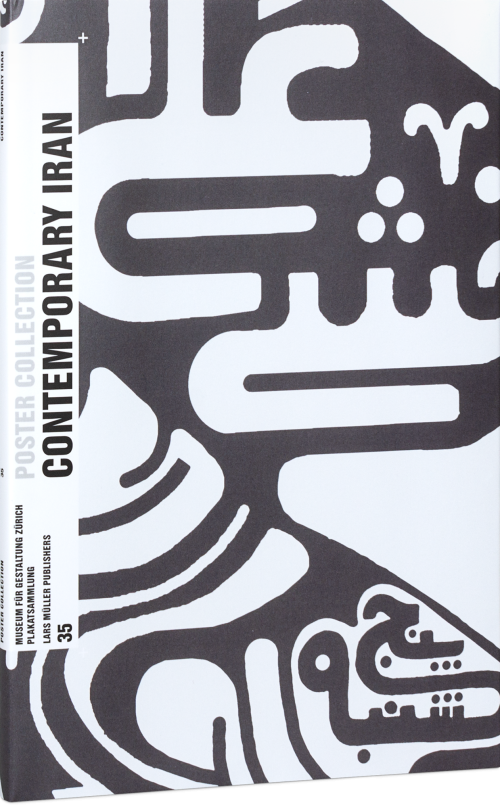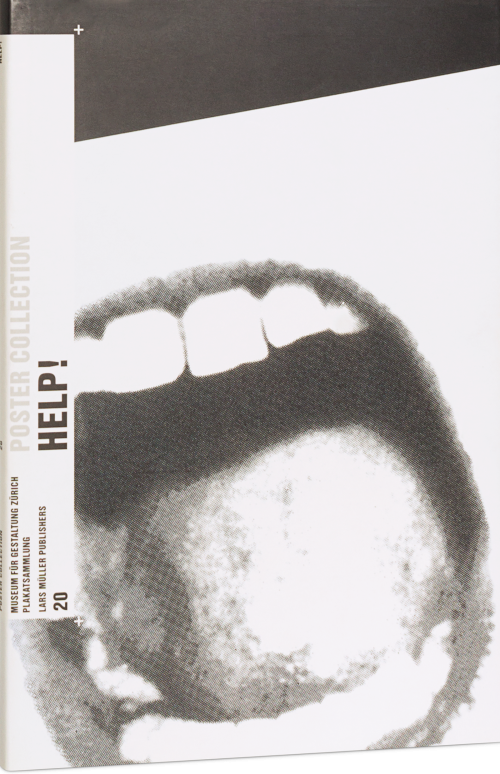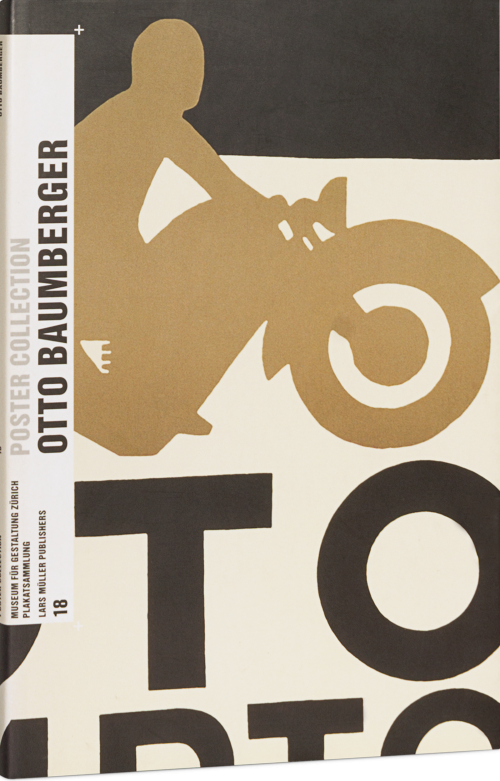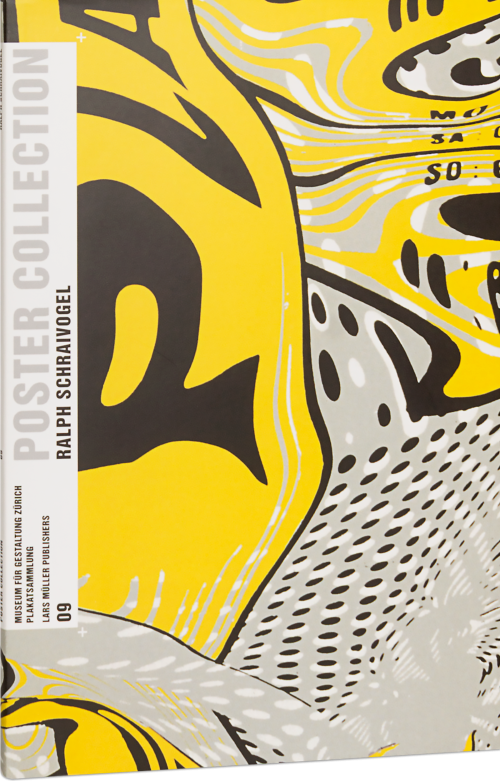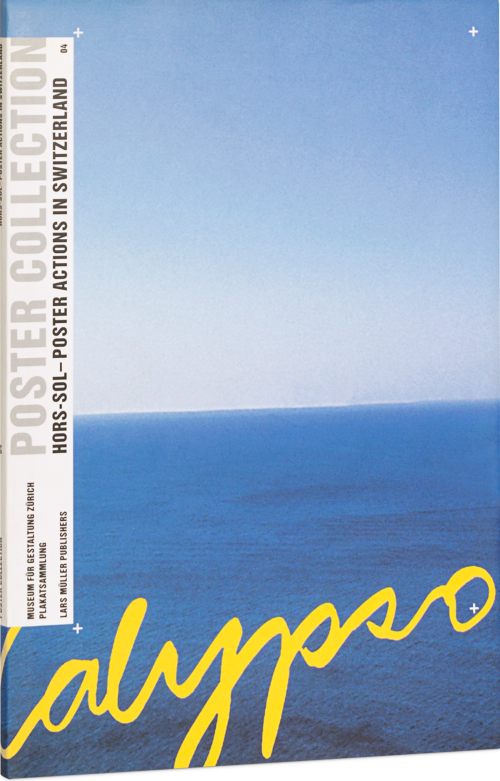
Zürich–Milano
This publication sheds light on the era between 1948 and 1970, when the arrival at Milano Centrale train station not only represented a turning point in the lives of certain young Swiss graphic artists but also became a decisive moment for the history of design. Being cosmopolitan had its difficulties, but it richly rewarded many recent graduates of the famous Kunstgewerbeschule Zürich. Supplied with a type of education that was not available in Italy at the time, Swiss graphic artists encountered an optimistic and undogmatic attitude that was inspiring and new. Italy’s path to a widely admired form of visual communication was marked by a profound transalpine dialogue and earned Milan a reputation as a city for which it was worth leaving behind one’s homeland. The publication includes such icons of the history of poster design as Max Huber and Walter Ballmer.
This publication sheds light on the era between 1948 and 1970, when the arrival at Milano Centrale train station not only represented a turning point in the lives of certain young Swiss graphic artists but also became a decisive moment for the history of design. Being cosmopolitan had its difficulties, but it richly rewarded many recent graduates of the famous Kunstgewerbeschule Zürich. Supplied with a type of education that was not available in Italy at the time, Swiss graphic artists encountered an optimistic and undogmatic attitude that was inspiring and new. Italy’s path to a widely admired form of visual communication was marked by a profound transalpine dialogue and earned Milan a reputation as a city for which it was worth leaving behind one’s homeland. The publication includes such icons of the history of poster design as Max Huber and Walter Ballmer.
This book is part of the Poster Collection series. Get the complete series here



